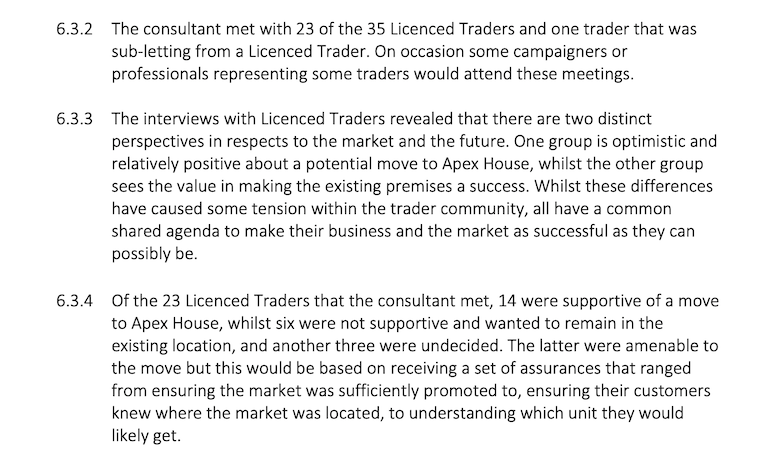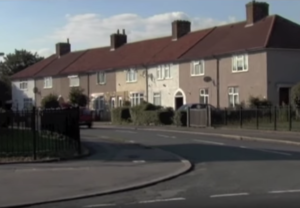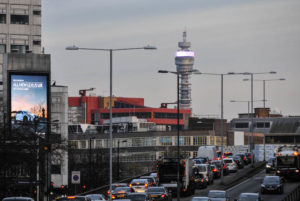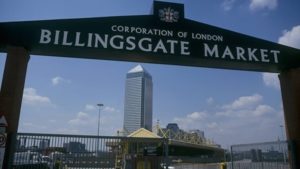It’s a persistent claim that land banking is preventing an increase in the number of homes being built. But before apportioning blame for the squirrelling away of land, it’s important to agree what land banking is: at what point does owning a sustainable pipeline of land become land banking?
A commonly accepted definition is owning land and having planning permission for it (there is a separate but related debate to be had about those who own land without planning permission). But, instead of building homes, the developer waits for the value of the land to increase and then sells it on for a profit. This is the accusation often levelled against developers of all sorts. But is it true?
The evidence is that land banking is not prevalent. This is not to say it never happens, but study after study has shown that land banking is not a significant factor in why we aren’t building enough homes. Most recently, the now former Conservative MP Sir Oliver Letwin concluded as part of his Independent Review of Build Our Rates, Draft Analysis that developers don’t land bank. And, going back to the last decade, in 2008 the then Office of Fair Trading and the seminal 2004 Barker Review both, as part of wider reviews of housing, reached the same conclusion as Letwin.
Why then if report after report states that land banking isn’t an issue does the perception that it is a big problem remain? It is, like all the perceptions about housebuilding we are exploring at London First, convenient political fodder. If you delve a bit deeper the truth can be found.
Two key issues need to be understood: firstly, the operating model of major housebuilders and, secondly, the complexity of the planning system. Understanding these factors helps to explain why not all the land which has planning permission is being built on, and why this doesn’t constitute land banking.
The Letwin Review’s analysis of the housebuilding industry is clear: major housebuilders have a legitimate need to hold enough land so they can plan ahead, and they deliver a flow of homes to the market at a rate that will give them a return on their investment, reflecting the price they paid for land and other obligations they are required to provide such as affordable housing and community infrastructure. Equally, housebuilders generally want to turnover their capital quickly, hence if they have a site with planning permission and they can build on it they will, with the hope of making a profitable return on their investment and then investing that money into other developments.
Turning to the planning system, the argument is made that there’s a disconnect between the number of planning permissions versus the number of homes being built, and this is because developers are land banking. Back in 2012, a study commissioned by the Greater London Authority highlighted that planning permission existed for 210,000 homes that hadn’t been built, but also stated that, for a variety of reasons, this was a notional figure. More recently, analysis undertaken by Quod looked in detail at 604 sites across London with planning permission for 175,963 homes.
There are several good reasons why there is always a significant gap between planning permissions granted and homes built. The first thing to clock is that planning permission is just that – permission to build rather than a requirement to do so. The economy could take a downturn, a developers’ plans could change, a company could go out of business – there are a long list of reasons why, despite the best of intensions, permissions don’t automatically turn into homes.
In London, many of these homes with planning permission are part of large regeneration schemes that take years to build out. So while the overall scheme has been granted planning permission, it is divided up into phases and built out phase by phase over several years, if not longer.
And planning permission often comes with a long list of conditions that must be met before building can commence. This means the principle of the scheme has been approved, but construction activity can’t start until various technicalities have been ironed out. For example, agreement might need to be reached about the landscaping plan for the site. Seemingly minor details can take an inordinate amount of time to be approved.
And finally, schemes that require big bits of infrastructure, such as a new road or Tube station, are likely to have a planning permission that constrains how many homes can be built before the infrastructure is provided. For example, if a development needs a new Tube station to be built, this will take time, particularly where third parties are responsible. So the total number of homes being built under that planning permission will only be realised after another party has delivered the supporting infrastructure.
It’s a complicated old business. What might appear to be land banking is generally far from it. That said, any egregious cases of land banking could and should be cracked down upon by using compulsory purchase powers to acquire the land and put it to productive use. If it really is so prevalent then that is an obvious way to stop it.
So, if land banking isn’t the big issue, what is? To tackle the housing crisis and start building the 65,000 homes London needs each year, three things need to happen:
- Government must invest more money to get homes built, unlocking another £8.6 billion from both the public and private sector for London.
- The Mayor must use the full weight of his powers to bring more land forward for development, including using compulsory purchase powers.
- Boroughs must support innovative ways of building, such as making better use of land through embracing density and supporting new tenures such as build to rent.
Jonathan Seager is executive director, place, with London First, whose website published this article originally.
OnLondon.co.uk is dedicated to providing fair, thorough, anti-populist coverage of London’s politics, development and culture. It depends on donations from readers and would like to pay its freelance contributors better. Can you spare £5 (or more) a month? Follow this link if you would like to help. Thank you.









